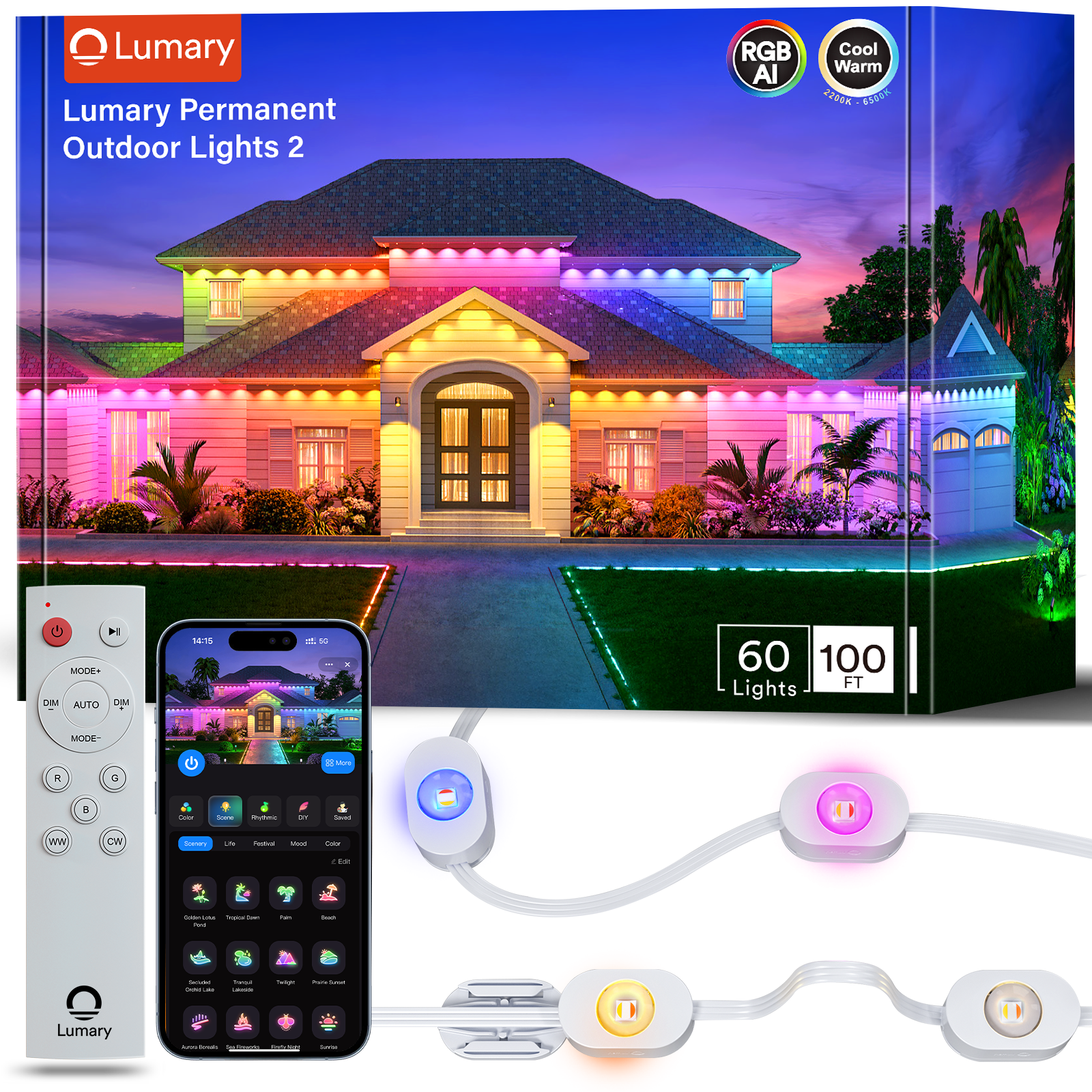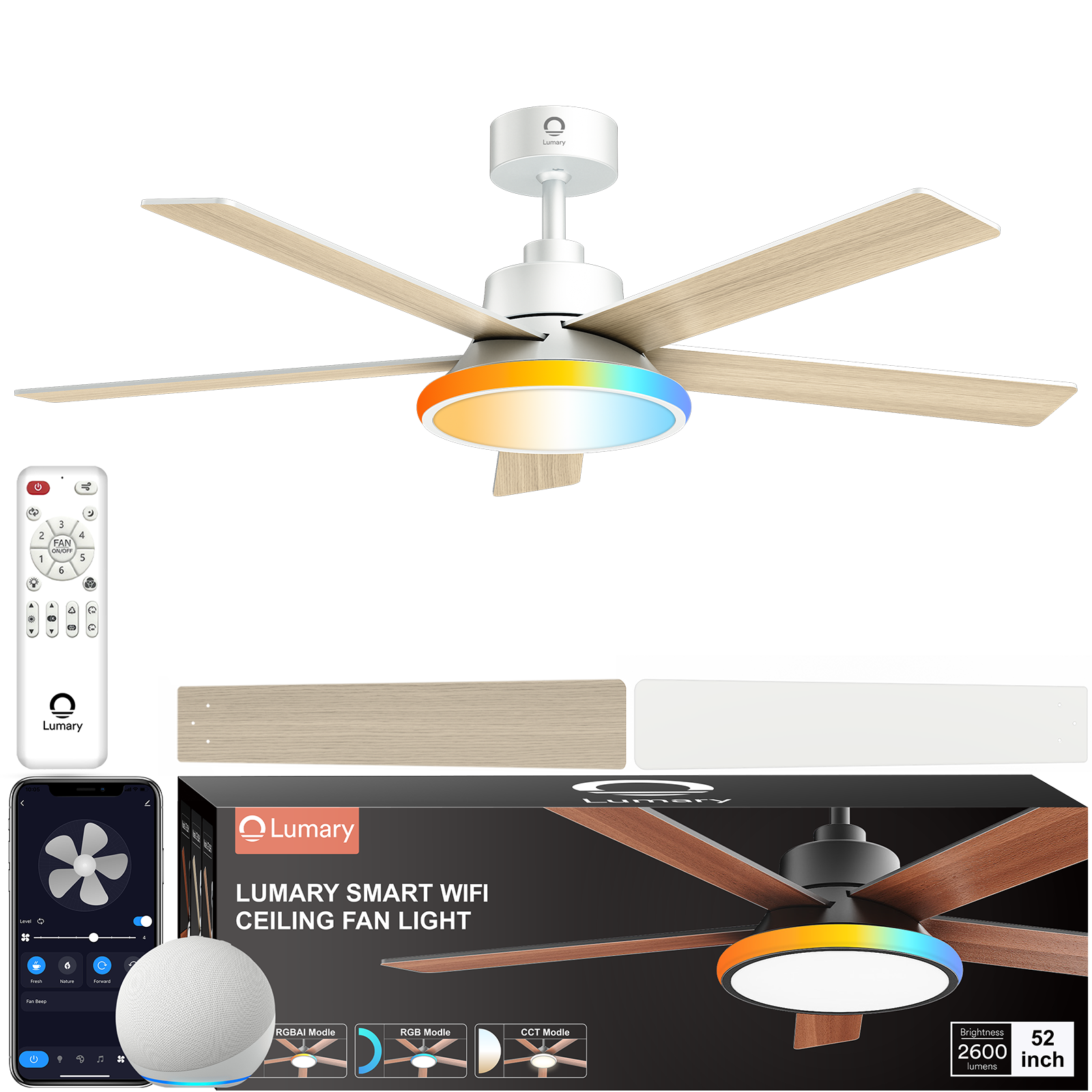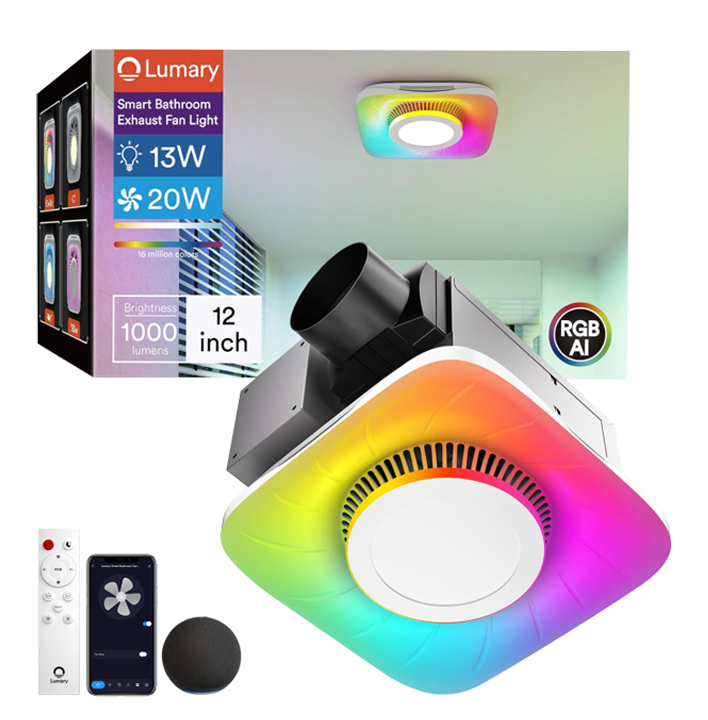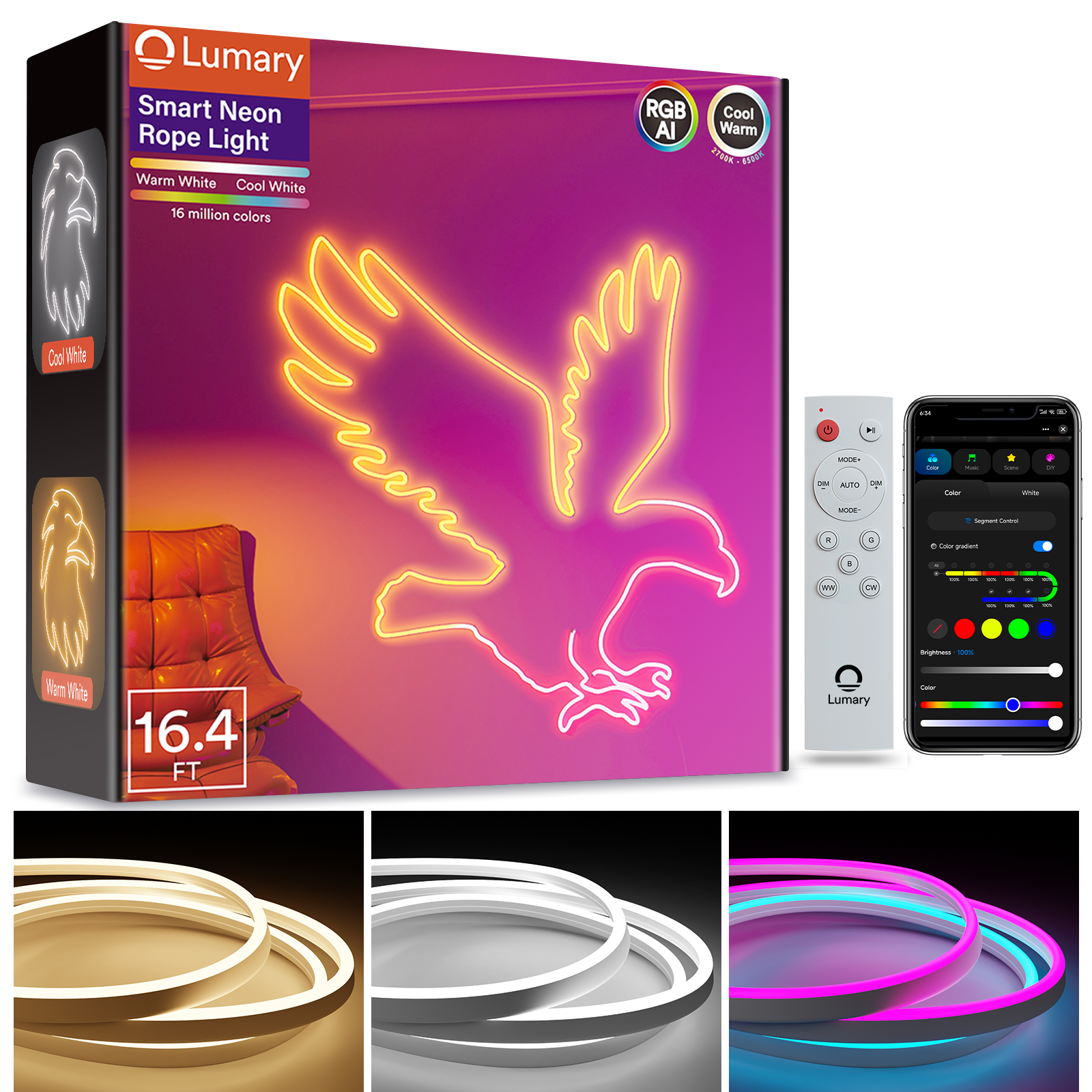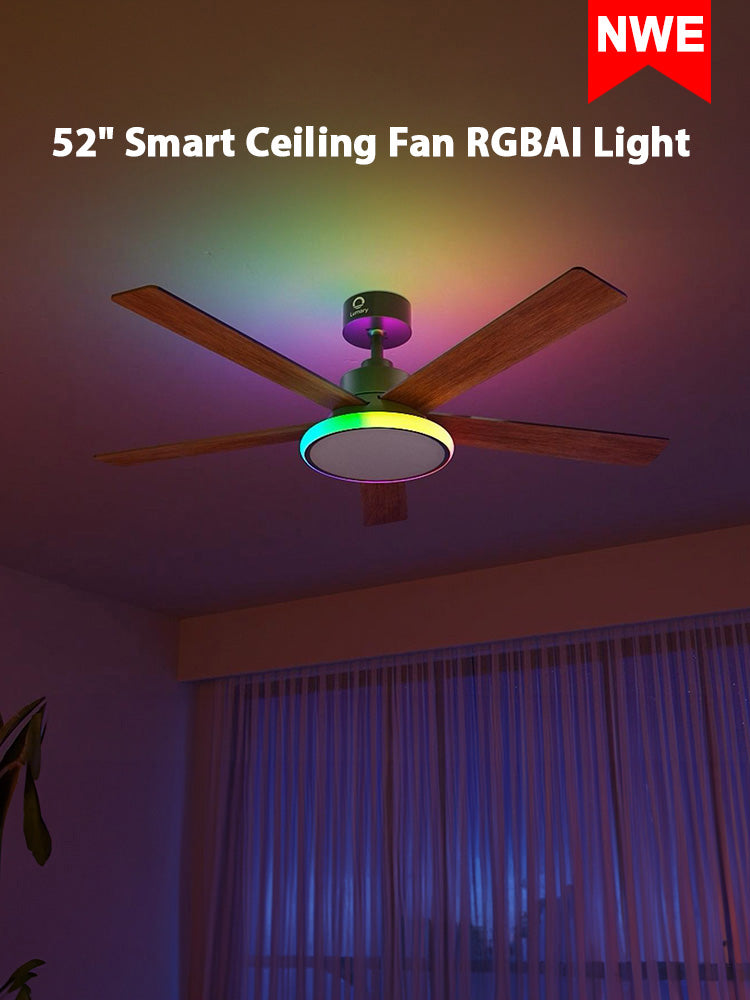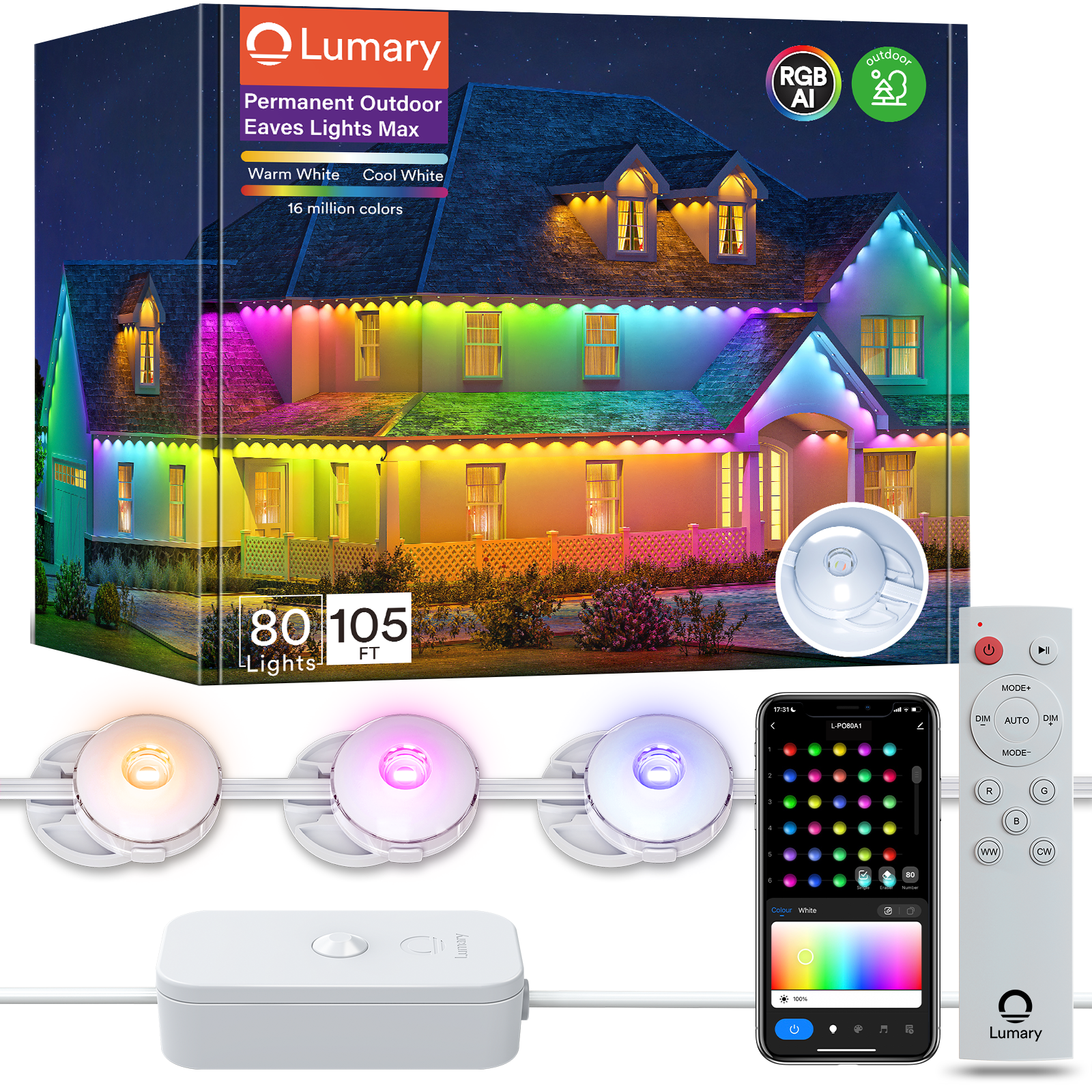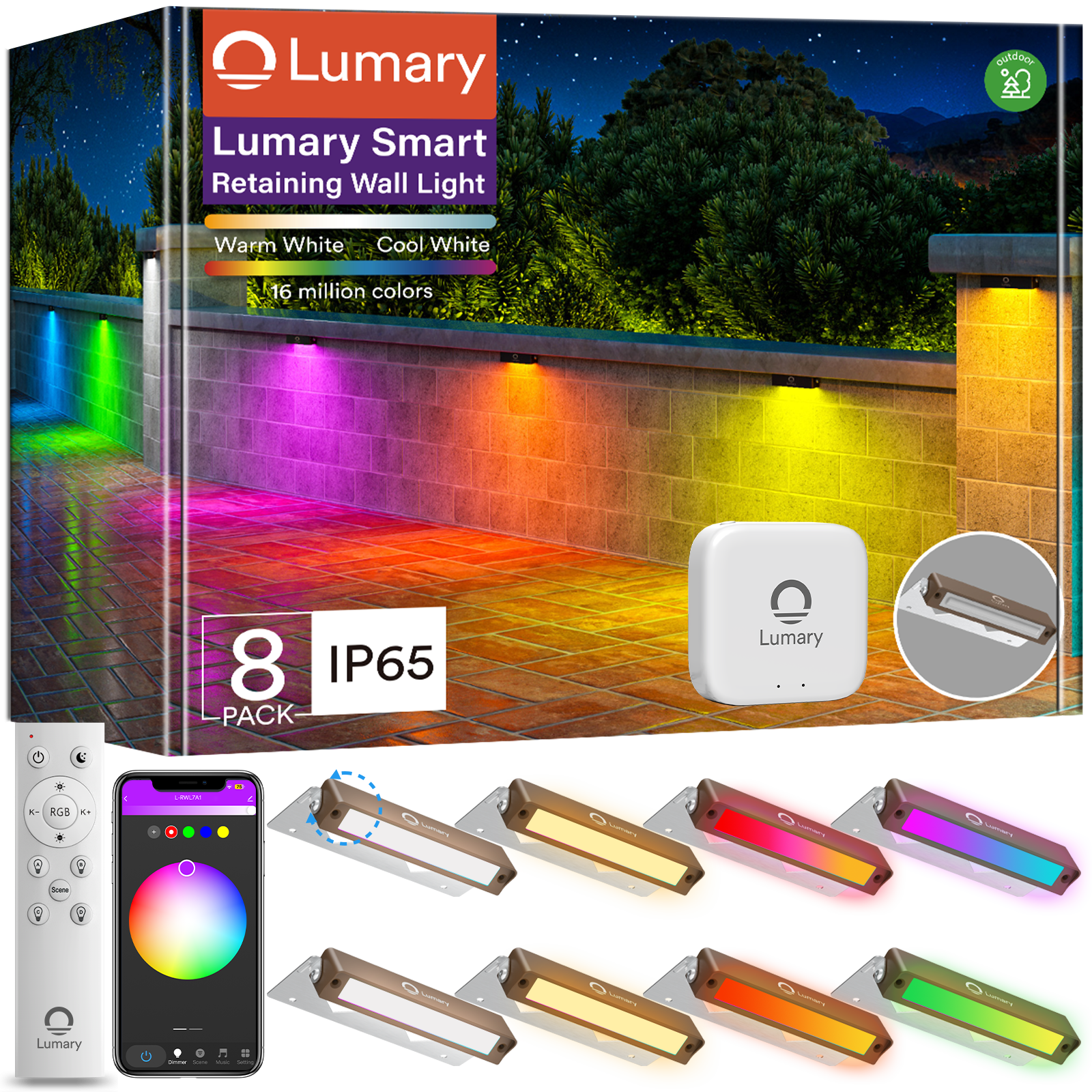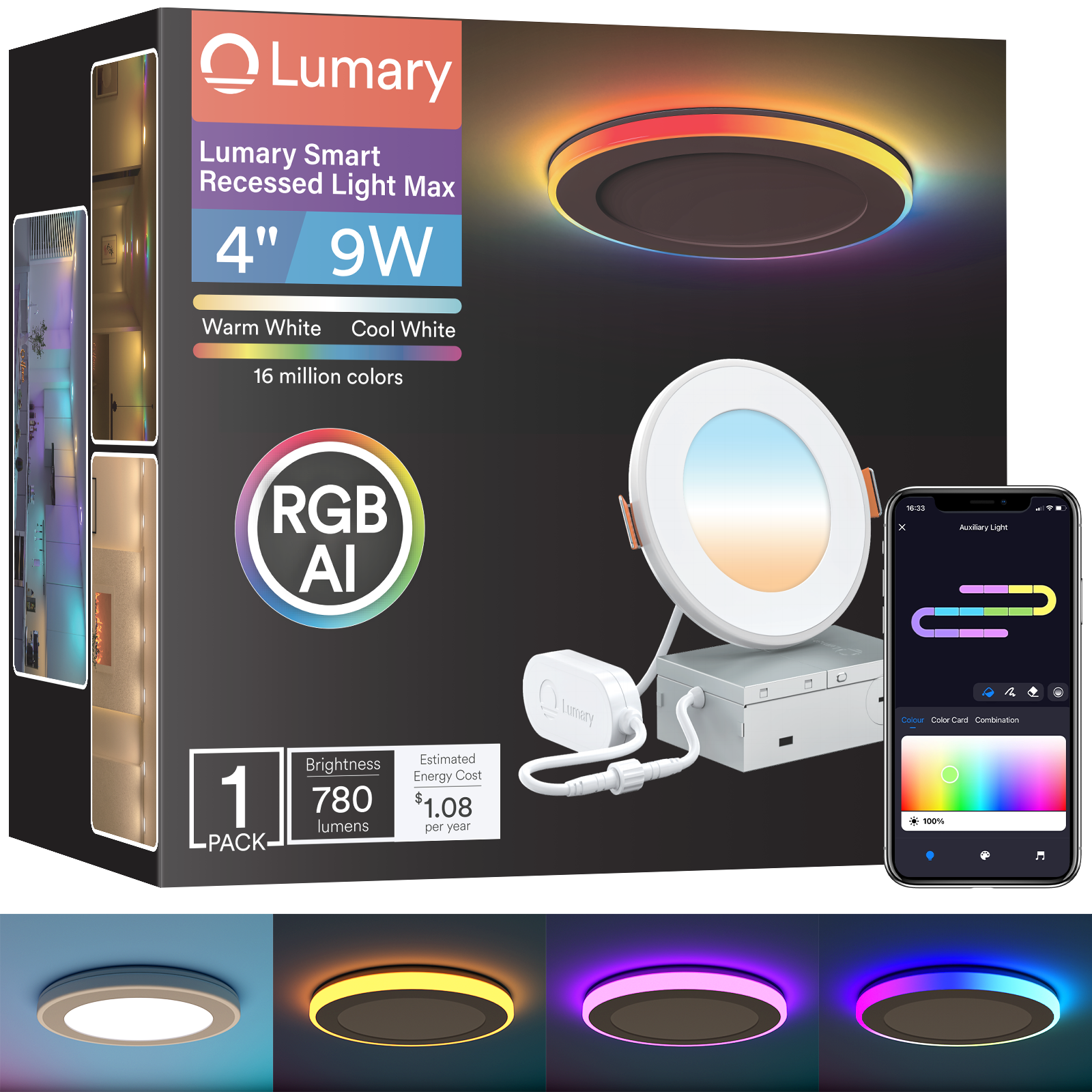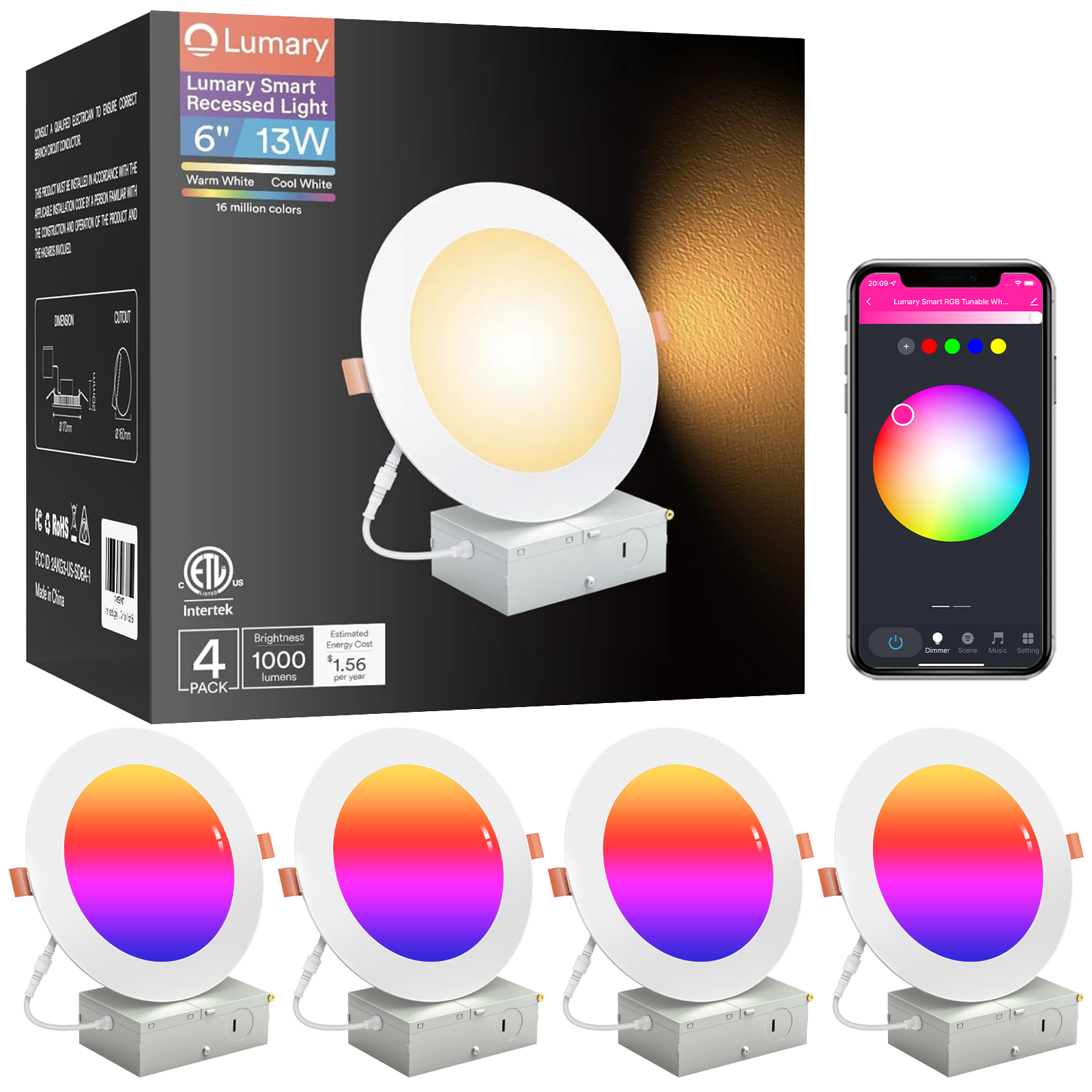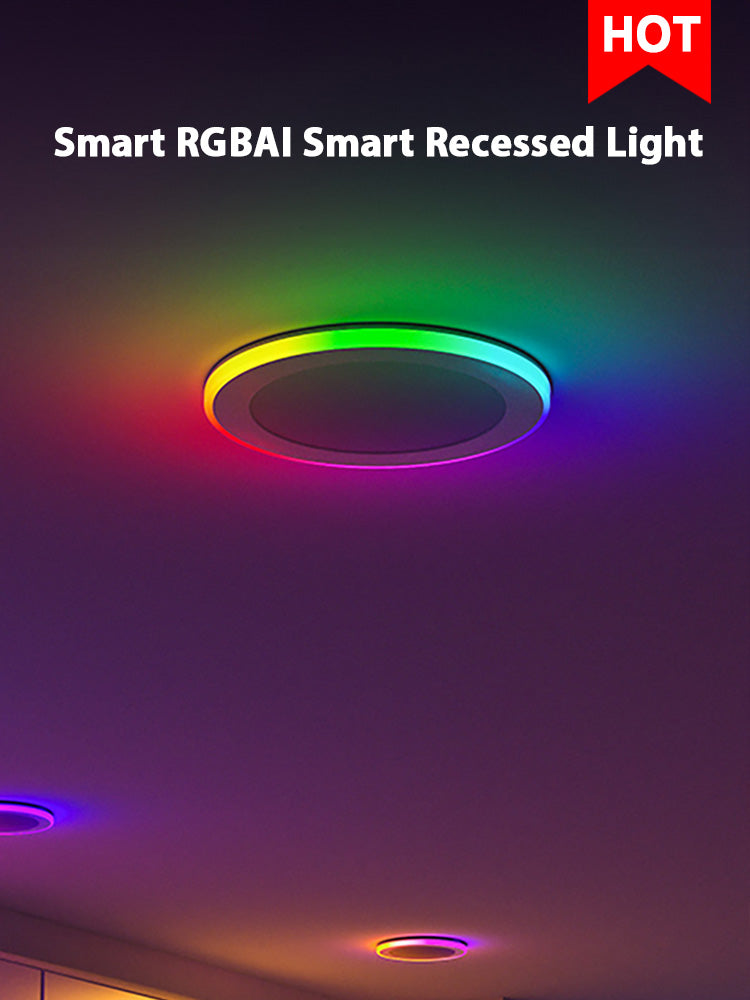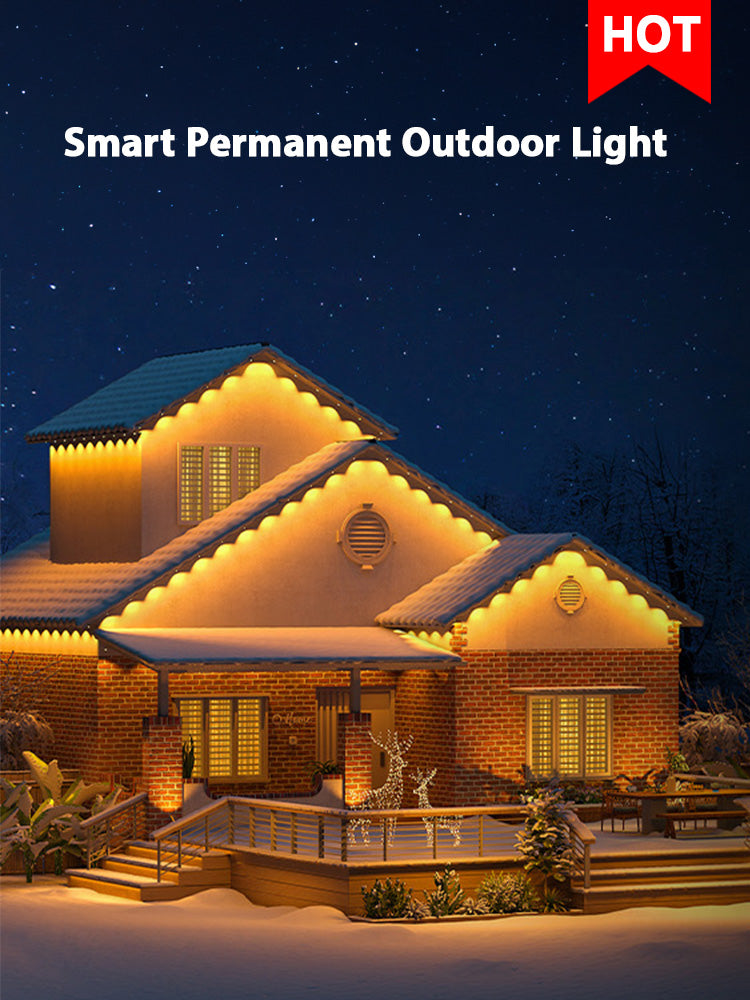Choosing the right light bulbs for recessed lighting can transform your space. The right lighting affects ambiance and energy efficiency. LED bulbs, for instance, use 80% less energy than traditional options. This choice not only saves money but also reduces your carbon footprint. Imagine saving around $225 annually on energy costs. That's the power of selecting the right bulb. Lighting accounts for 19% of global electricity consumption. Switching to energy-efficient options like LEDs can cut this by half. So, why not make a smart choice today?
Understanding Recessed Lighting

What is Recessed Lighting?
Definition and Characteristics
Recessed lighting, often called downlighting, involves fixtures installed within the ceiling. These lights provide a sleek, modern look without visible hardware. The design allows light to shine downward, creating a clean and unobtrusive appearance. Recessed lights fit well in various settings, from homes to offices.
Common Uses and Benefits
Recessed lighting offers versatility in its applications. Use these lights in living rooms, kitchens, or hallways to create a warm and inviting atmosphere. The unobtrusive design makes recessed lighting ideal for spaces with low ceilings. This type of lighting enhances the aesthetic appeal of any room. Recessed lighting also provides focused illumination, perfect for highlighting artwork or architectural features. The energy efficiency of LED bulbs in recessed fixtures saves money on electricity bills. Many municipalities in the United States promote LED recessed lighting for its energy-saving benefits.
Types of Recessed Lighting Fixtures
Fixed vs. Adjustable
Recessed lighting fixtures come in two main types: fixed and adjustable. Fixed fixtures direct light straight down, making them suitable for general lighting. Adjustable fixtures, also known as gimbal lights, allow you to direct light where needed. This flexibility makes adjustable fixtures ideal for accent lighting or highlighting specific areas.
Trim Styles and Their Impact
Trim styles in recessed lighting affect both function and aesthetics. Choose from a variety of trims, such as baffle, reflector, or eyeball trims. Baffle trims reduce glare and create a softer light. Reflector trims enhance brightness by directing more light downward. Eyeball trims offer adjustable angles for targeted lighting. Each trim style provides a unique look and functionality, allowing customization based on your needs. Consider using ENERGY STAR Certified Recessed Fixture Kits for an energy-efficient and stylish solution. These kits simplify installation and improve the overall appearance of your space.
Types of Light Bulbs for Recessed Lighting
Choosing the right light bulbs for recessed lighting can make a big difference in your home or office. Different types of bulbs offer various benefits. Let's dive into some popular options.
Incandescent Bulbs
Features and Benefits
Incandescent bulbs have been around for a long time. These bulbs produce a warm, inviting glow. Many people like incandescent bulbs for their natural light quality. The light from these bulbs closely resembles sunlight. This makes them great for creating a cozy atmosphere.
Energy Efficiency Considerations
Incandescent bulbs are not the most energy-efficient choice. These bulbs use more electricity compared to other options. The lifespan of incandescent bulbs is shorter than that of LEDs or CFLs. Frequent replacements can lead to higher costs over time. If you want to save on energy bills, consider switching to more efficient light bulbs for recessed lighting.
LED Bulbs
Advantages of LED Technology
LED bulbs are a top choice for recessed lighting. These bulbs use advanced technology to provide bright, clear light. LEDs are incredibly energy-efficient. You can save up to 80% on energy costs by using LED bulbs. The long lifespan of LEDs means less frequent replacements. This makes LEDs a cost-effective option for many homeowners.
Cost and Longevity
LED bulbs may cost more upfront, but they pay off in the long run. The durability of LED bulbs means fewer replacements. Over time, the savings on electricity bills add up. LEDs last up to thirty times longer than traditional incandescent bulbs. Investing in LED light bulbs for recessed lighting can lead to significant savings.
CFL Bulbs
Pros and Cons
CFL bulbs offer a middle ground between incandescent and LED options. These bulbs use less energy than incandescent bulbs. CFLs provide a decent amount of light and are more affordable than LEDs. However, CFLs contain small amounts of mercury. Proper disposal is necessary to avoid environmental harm.
Environmental Impact
CFL bulbs have a lower environmental impact than incandescent bulbs. These bulbs use less energy, which reduces your carbon footprint. The presence of mercury in CFLs requires careful handling. Recycling programs can help dispose of CFLs safely. Choosing CFL light bulbs for recessed lighting can be a step towards greener living.
Selecting the right light bulbs for recessed lighting depends on your needs. Consider factors like energy efficiency, cost, and environmental impact. Each bulb type offers unique benefits. Make an informed choice to enhance your space with the perfect lighting solution.
Key Factors to Consider When Choosing Light Bulbs for Recessed Lighting

Lumens and Brightness
Understanding Lumens
Lumens measure the brightness of a light bulb. More lumens mean more light. Think of lumens as the amount of light a bulb emits. Traditional bulbs used watts to indicate brightness. Now, lumens provide a clearer picture. For recessed lighting, consider the room's purpose. A living room might need softer lighting. A kitchen or workspace requires brighter light.
Recommended Brightness Levels
For living rooms, aim for 400-800 lumens per bulb. Kitchens and workspaces benefit from 800-1,200 lumens. Bedrooms feel cozy with 400-600 lumens. Remember, the right brightness enhances comfort and functionality. Choose bulbs that match your room's needs.
Color Temperature
Warm vs. Cool Light
Color temperature affects mood and ambiance. Measured in Kelvin (K), it ranges from warm to cool. Warm light (2,700K-3,000K) creates a cozy atmosphere. Cool light (4,000K-5,000K) feels crisp and energizing. Living rooms and bedrooms often use warm light. Kitchens and offices prefer cool light for clarity.
Choosing the Right Temperature for Your Space
Consider the room's function. A warm glow suits relaxation areas. Cool tones work well in task-oriented spaces. Some bulbs offer adjustable color temperatures. This feature allows flexibility in lighting design. Tailor the light to fit your lifestyle and preferences.
Energy Efficiency and Cost
Comparing Energy Consumption
LED bulbs lead in energy efficiency. These bulbs use up to 80% less energy than incandescent options. CFLs offer a middle ground but fall short of LEDs. Incandescent bulbs consume the most energy. For long-term savings, prioritize energy-efficient choices.
Long-term Cost Savings
LEDs last up to 25,000 hours. Incandescent bulbs only reach about 750 hours. CFLs average around 8,000 hours. Longer-lasting bulbs mean fewer replacements. Over time, LED bulbs save money on electricity bills. Investing in energy-efficient lighting pays off. Consider initial costs as an investment in future savings.
Recommended Light Bulbs for Recessed Lighting
Choosing the right light bulbs for recessed lighting can make your living room feel cozy and inviting. Let's explore some top picks for living rooms and kitchens.
Top Picks for Living Rooms
Best Options for Ambiance
Creating the perfect ambiance in your living room requires careful selection of light bulbs for recessed lighting. LED bulbs offer a warm glow that enhances relaxation. You can adjust the brightness with a dimmer switch to suit different moods. A dimmer switch not only changes the room's look but also saves energy. Imagine setting a soft, romantic atmosphere for a movie night or a bright, lively space for a gathering. The flexibility of LED bulbs makes them an excellent choice for ambiance.
Energy-efficient Choices
Energy efficiency is crucial when selecting light bulbs for recessed lighting. LED bulbs stand out as the most energy-efficient option. These bulbs consume up to 80% less energy than traditional incandescent bulbs. You can enjoy significant savings on your energy bills by switching to LEDs. The long lifespan of LED bulbs means fewer replacements, adding to the cost-effectiveness. Investing in LED light bulbs for recessed lighting benefits both your wallet and the environment.
Best Bulbs for Kitchens and Bathrooms
Brightness and Clarity
Kitchens and bathrooms require bright and clear lighting for functionality. LED bulbs provide excellent brightness and clarity, making them ideal for these spaces. You need sufficient light for tasks like cooking or applying makeup. LED bulbs offer a range of color temperatures, allowing you to choose the best fit for your needs. A cool white light enhances visibility and focus, perfect for task-oriented areas. Consider using LED light bulbs for recessed lighting to achieve optimal brightness and clarity.
Moisture-resistant Options
Bathrooms present unique challenges due to moisture. Selecting moisture-resistant light bulbs for recessed lighting ensures safety and longevity. LED bulbs designed for damp environments withstand humidity and prevent damage. You can enjoy reliable lighting without worrying about bulb failures. Moisture-resistant LED bulbs maintain their performance even in steamy conditions. For peace of mind, choose LED light bulbs for recessed lighting in bathrooms and other damp areas.
Selecting the right light bulbs for recessed lighting transforms your home. Consider factors like ambiance, energy efficiency, brightness, and moisture resistance. LED bulbs offer versatility and cost savings, making them a smart choice for any space. Enhance your living room, kitchen, or bathroom with the perfect lighting solution.
Choosing the right light bulbs for recessed lighting is crucial. The right choice enhances both ambiance and energy efficiency. Consider your specific needs and preferences when selecting bulbs. Think about factors like energy efficiency, color temperature, and features. Each space in your home may require different lighting solutions. Explore additional resources to deepen your understanding of lumens and Kelvin temperatures. This knowledge helps you create a functional and comfortable lighting scheme. Remember, there's an LED light bulb for every space and situation. Make informed decisions to transform your home with the perfect lighting.

